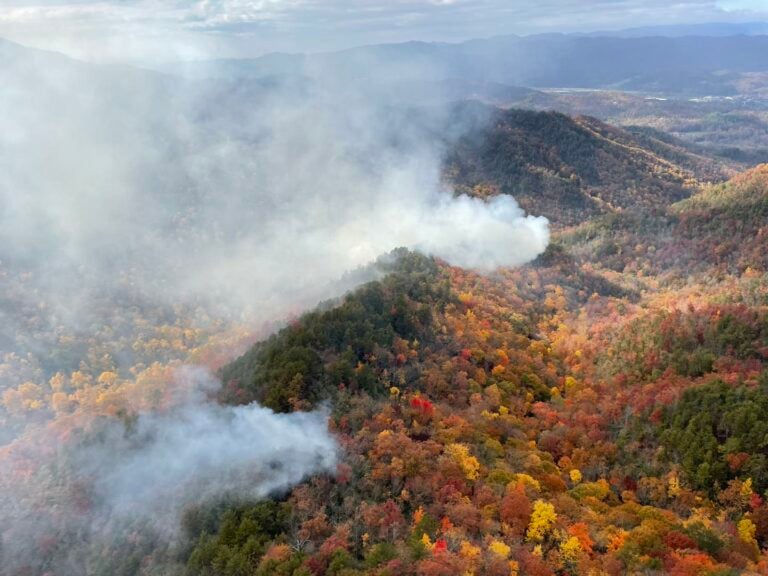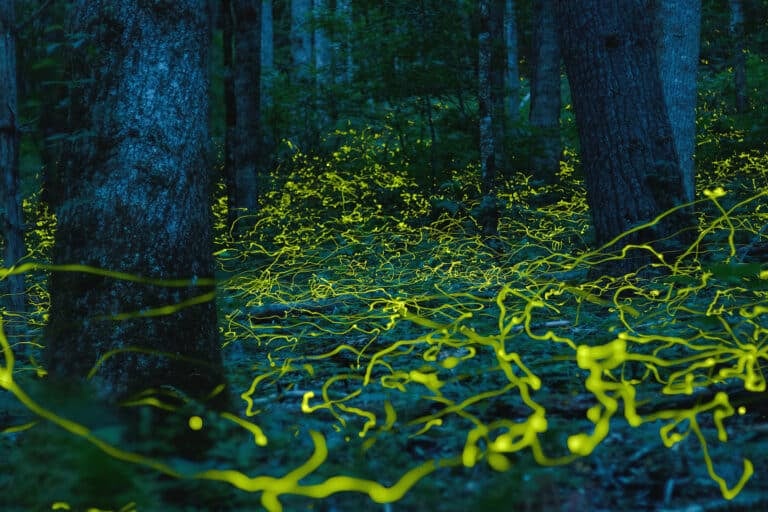Hydropower or Free-Flowing Rivers?
The fish in Pennsylvania’s Susquehanna watershed must take elevators to migrate upstream. Sometimes they climb ladders. That’s the way it goes for fish who live in rivers blocked by a series of dams. Even with the elevators and ladders, fish migrations are severely affected, which is one of the many reasons why river conservationists have recently begun focusing on dam removal. Taking down a dam immediately improves the entire river ecosystem, providing habitat diversification, cooler water temperatures, more natural river flows, and more species migration.

Fifty-eight dams were slated for removal in 2009. But these dam demolitions are just a drop in the bucket when considering the 90,000 dams that currently clog America’s rivers. Over the last 100 years, the U.S. has led the world in dam building, erecting an average of one dam per day. While conservation groups like American Rivers and American Whitewater are slowly chipping away at this dam portfolio, the federal government is pursuing hydropower with a renewed vigor. The dichotomy has put a spotlight on the value of our rivers and their ecosystems. What’s more valuable: the clean energy we could potentially enjoy from hydropower projects, or the healthy ecosystem of a free-flowing river? And is it possible to have both?
Late in 2009, Secretary of Energy Steven Chu pledged to double U.S. hydropower capacity with minimal impact on the environment by improving the performance of existing dams. Shortly after, the Department of Energy announced that $30.6 million in Recovery Act funds would go to upgrading seven existing hydropower plants.
“The gut response to statements and actions like that is ‘wow, this could hurt rivers,’” says Kevin Colburn, American Whitewater’s national stewardship director. “We’re fundamentally opposed to new dams, so you have to be cautious when you see this sort of momentum. But, right now, the Obama administration is saying and doing some good things in regards to hydropower.”
Specifically, the government is attempting to squeeze every bit of energy out of the dams we already have, instead of building new ones. Less than a quarter of U.S. dams have hydropower capacity, and the vast majority haven’t been upgraded since they were built in the early 20th century. The $30 million in upgrades will fit some existing dams with high-efficiency, fish-friendly turbines, improved water intake systems, and advanced control systems that increase power generation and improve downstream river health.
Two of these projects are located in the Southeast. Three hydropower plants on Alabama’s Coosa River will benefit from upgraded turbines that will increase generation by seven percent, and the Alcoa’s Tapoco Cheoah plant in North Carolina will get high-efficiency turbines, generators, and transformers, which will result in a 23 percent power generation increase.
At the same time, a settlement was reached recently that will dramatically improve the health of the Lower Saluda River below the Saluda dam, resulting in higher lake levels in Lake Murray, increased flows during the summer, and 51 recreational releases per year.
“The Obama Administration seems to be serious about looking at hydropower and reforming it so it can provide energy in a minimally impactful way,” says Fred Ayer, executive director of the Low Impact Hydropower Institute, a nonprofit licensing group that helps existing dams become more environmentally friendly.
Hydro may not be as sexy as wind or solar power, but it already makes up the largest portion of the world’s alternative energy portfolio. One-fifth of all global energy is created by falling water. In the U.S., hydro accounts for 10 percent of our power supply. According to a recent DOE study, 4,087 additional sites could be developed into hydropower producers without constructing a new dam. If site improvements are made, the U.S. could double the amount of energy it gets from hydro without damming new rivers.
However, the new direction in upgrading dams hasn’t stopped private industries from proposing more dam building.
“I just signed an agreement that would take out a dam in the Pacific Northwest, and on the same day, I got word that a new dam was being proposed in Idaho,” says American Whitewater’s Kevin Colburn.
Serena McClain is working with American Rivers to take out four dams on the Patapsco River in Maryland, one of which is an old hydropower dam owned by the state.
“It’s a hard position for us to be in, but you have to do the math for each specific dam,” says McClain. “You have to look at the energy created versus the cost and upkeep of the facility, as well as the habitat you’re going to lose. In this case, the hydropower potential is not worth the environmental and economic costs.”
As for the fish elevators and ladders on the Susquehanna, American Rivers is working on restoring free-flow by removing a series of dams. “There are so few unmodified rivers in this country,” says Sara Strassman, associate director for American Rivers. “We’re advocating for the value of a free-flowing river to be taken into account when looking at hydropower potential. When you consider a healthy fishery, diverse river habitat, cultural and recreational value, and natural flood control, how much is a dam-free river worth?”







